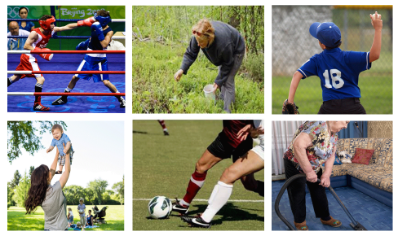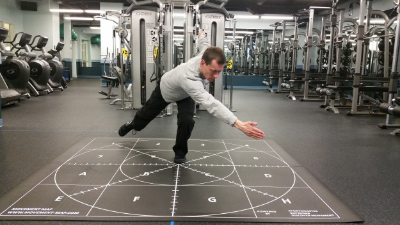In the pursuit of improving human movement abilities (function & performance) it is vital to identify a few important landmarks in order to establish the starting point, direction and distance to the goal and the key navigational factors for planning the route. Basic questions, such as ‘where do I start from?’, ‘where am I going?’ and ‘how do I get there?’ are reasonably simple, but often overlooked inquiries that could help us to our goal by guiding us towards the most optimal path in terms of effectiveness, safety and speed.
So let’s examine these questions a little bit more and start by asking…
Where am I going?
If our goal is within the realm of movement (life and/or sports), we probably have a desired ‘task’ in mind, an activity or a specific motion that we would like to enhance, improve, upgrade, repair or ,just simply, make better. The desired task is clearly one of our main landmarks on the map of better movement. The less visible the landmark of the task becomes on our journey, the easier we might get lost and confused in regards to our goal and the path to our destination. The better we understand the task in its relationship to our bodies and to our environment, the better our planning and execution of the journey can become.
The task can be evaluated, for example, based on the WHYs, HOWs and WHOs.
WHY = What drives us to perform that specific movement? Maybe a need to make an accurate pass or to swing the white ball as close to the little hole as possible… Or perhaps the need to pick up a 2-year old from his car seat…
HOW = How does the body execute the motion? What is the chain reaction in our movement system that the given task initiates? What is the role of gravity, ground reaction force or momentum? How do the body parts function biomechanically during the movement?
WHO = Who is performing the task and what are his or her individual characteristics of producing the movement? Where are they the most successful and is there potential for improvement? Maybe there is pain involved…? Or is it possible that the task is influenced by psychological or behavioral factors?
As you might notice, assessing the task and its variables might easily become quite complicated. However, the actual training and conditioning can be made simple and inspiring once the initial brainstorming is done.
One of the objectives of Movement Map is to simplify the evaluation and the training of the given task. By using the principles of Applied Functional Science AFS and with the help of Movement Map, we are able to establish the key landmarks of the movement and direct our training resources in the most efficient way.
In summary, the analysis of the movement task is important. We can and should know at least the following points before making the plan/program of approach…
1. The drivers of the task movement, both physiological and behavioral
2. The general and specific biomechanics of the task movement
3. The individual characteristics of the person performing the task movement
Thank you for your time and remember to enjoy the journey, whatever the goal!
Tommi the Trainer



